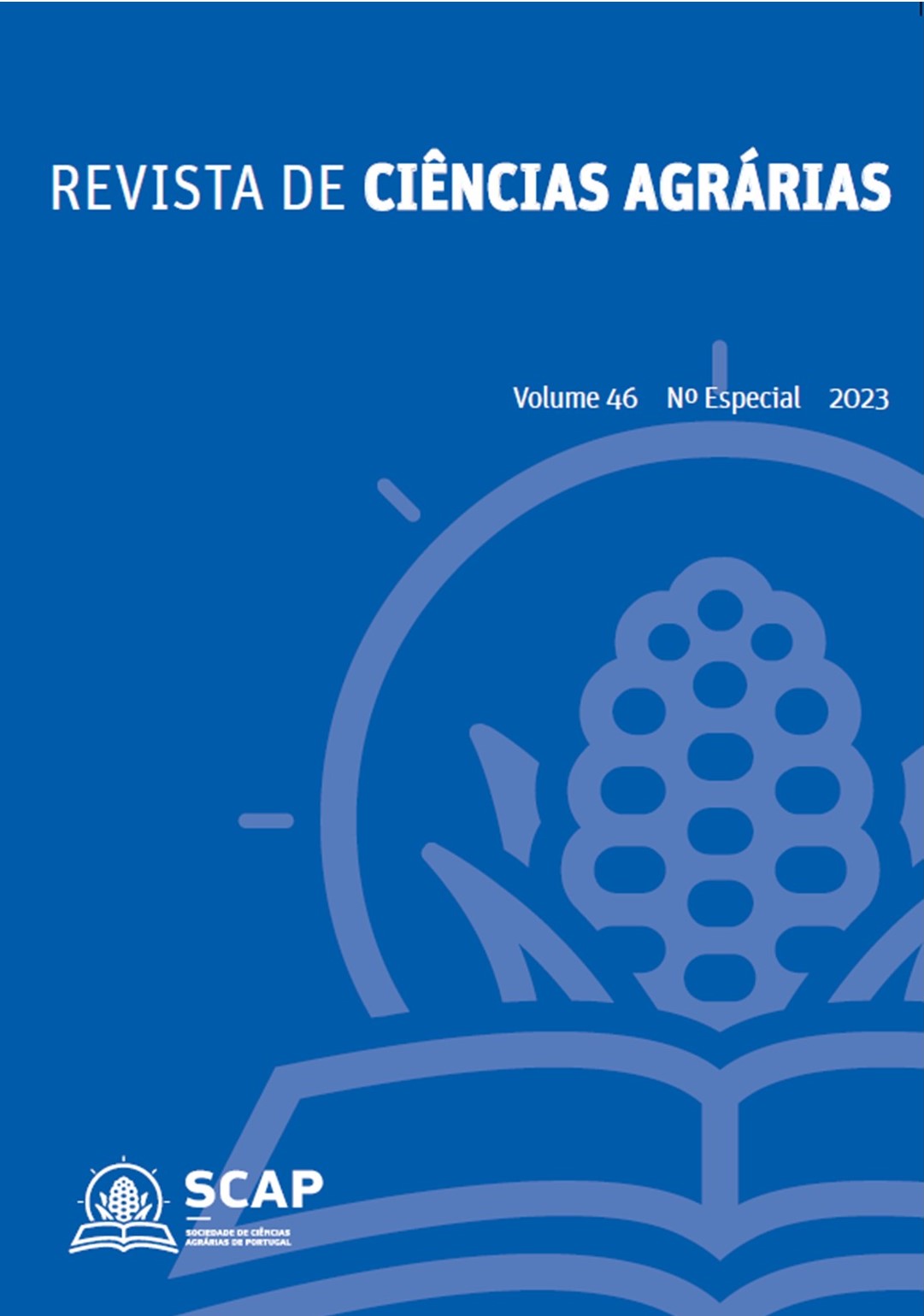Monitoring of water hyacinth composting process
DOI:
https://doi.org/10.19084/rca.33406Abstract
The valorisation of the water hyacinth waste (invasive aquatic plant) through composting, after its removal from the waterbeds, presents environmental and agronomic advantages. This work presents the evaluation of the composting process of water hyacinth with several by-products generated in the Central Region (olive pomace, potato peel and remains, forestry chips, cattle manure, rice straw and biochar). It is one of the activities developed in the BioComp_2.0 project, being presented the results of the composting with cyclic turning of 6 piles (V=16 m3) with different proportions of water hyacinth. Compost maturation was completed after 243-251 days. All piles recorded temperatures > 55 ºC more than once for several weeks, except one that reached this temperature for only 24 hours. Average moisture contents varied between 52%-67% and pH between 5.3-9.5, guaranteeing the conditions for good microbial activity, sanitation and becoming seeds and propagules unviable. The C/N ratio of the final composts is between 11-16, values characteristic of humic substances. The physicochemical parameters indicate good quality of the organic compost for agricultural use, followed by agronomic efficiency tests for its validation and qualitative classification.


